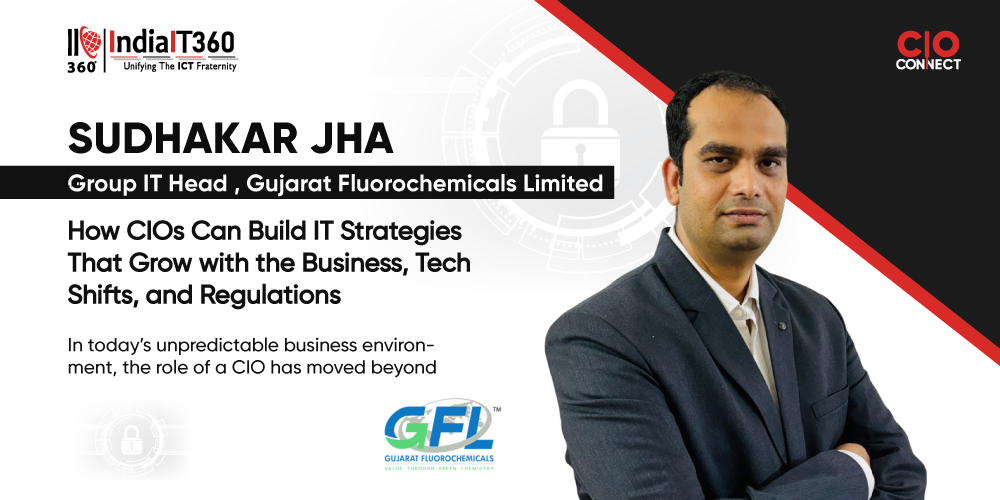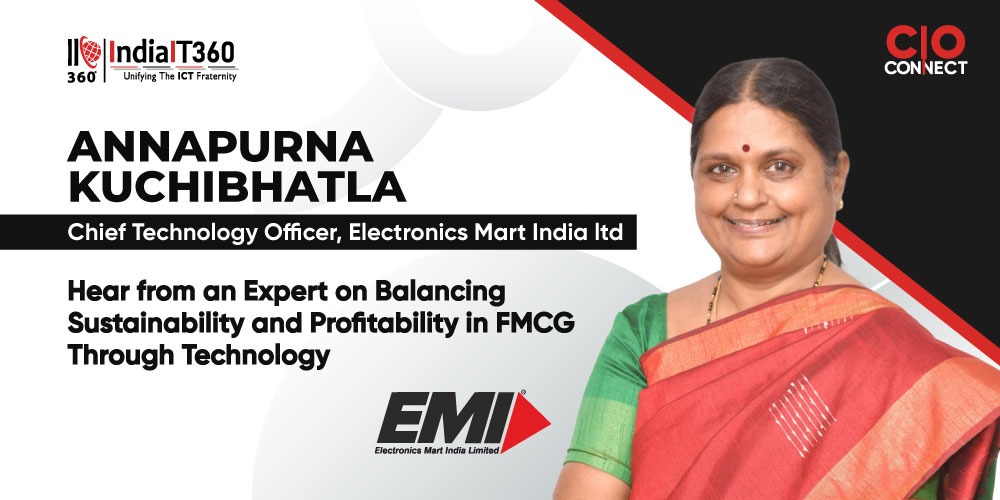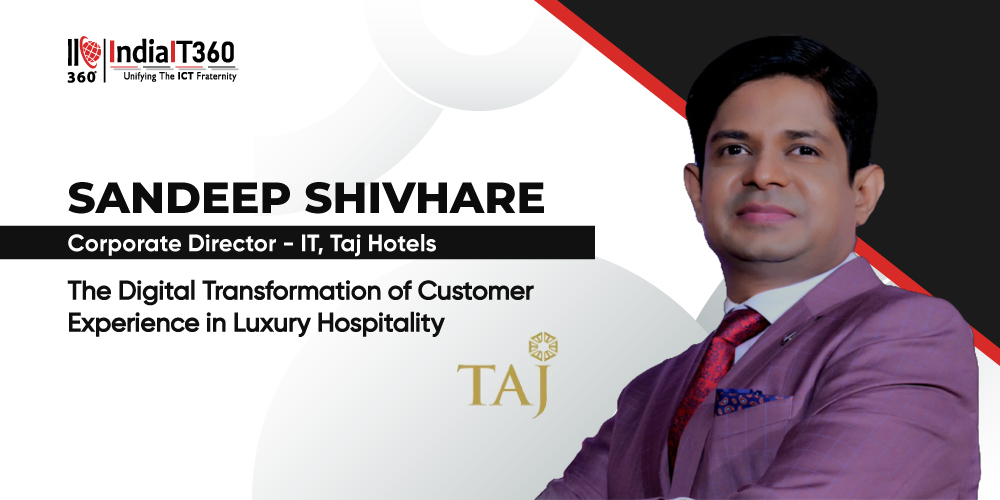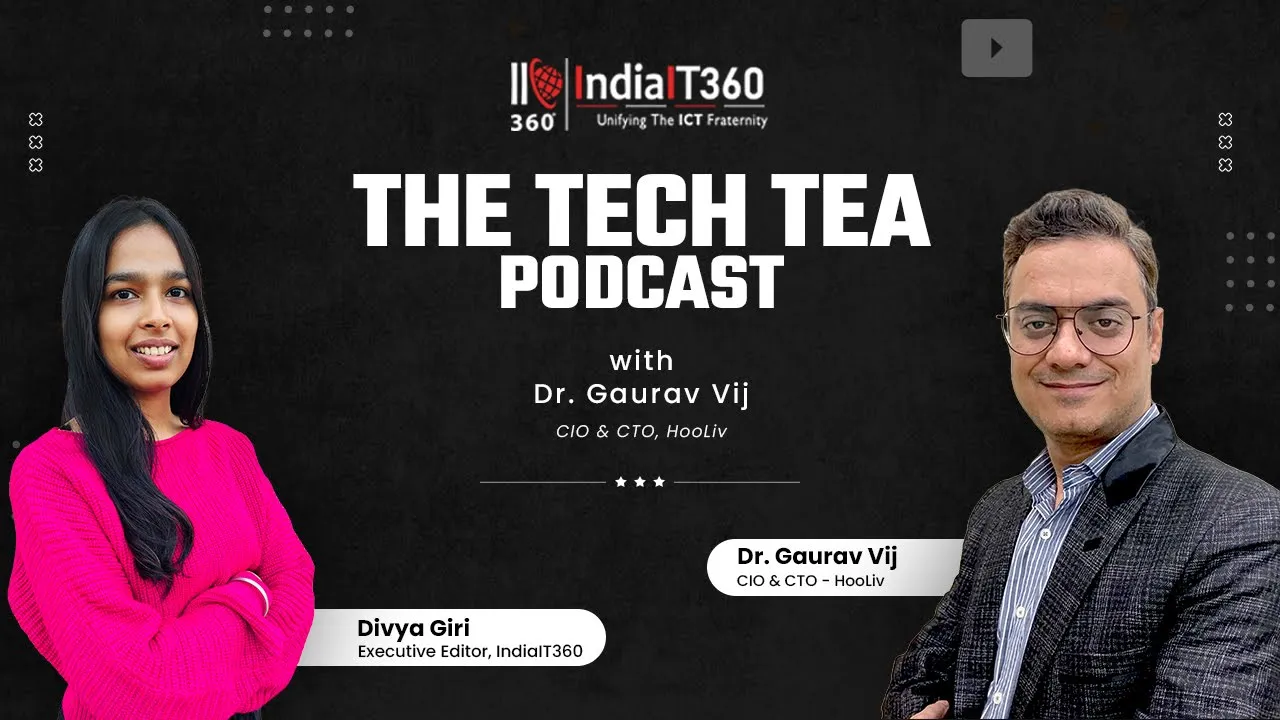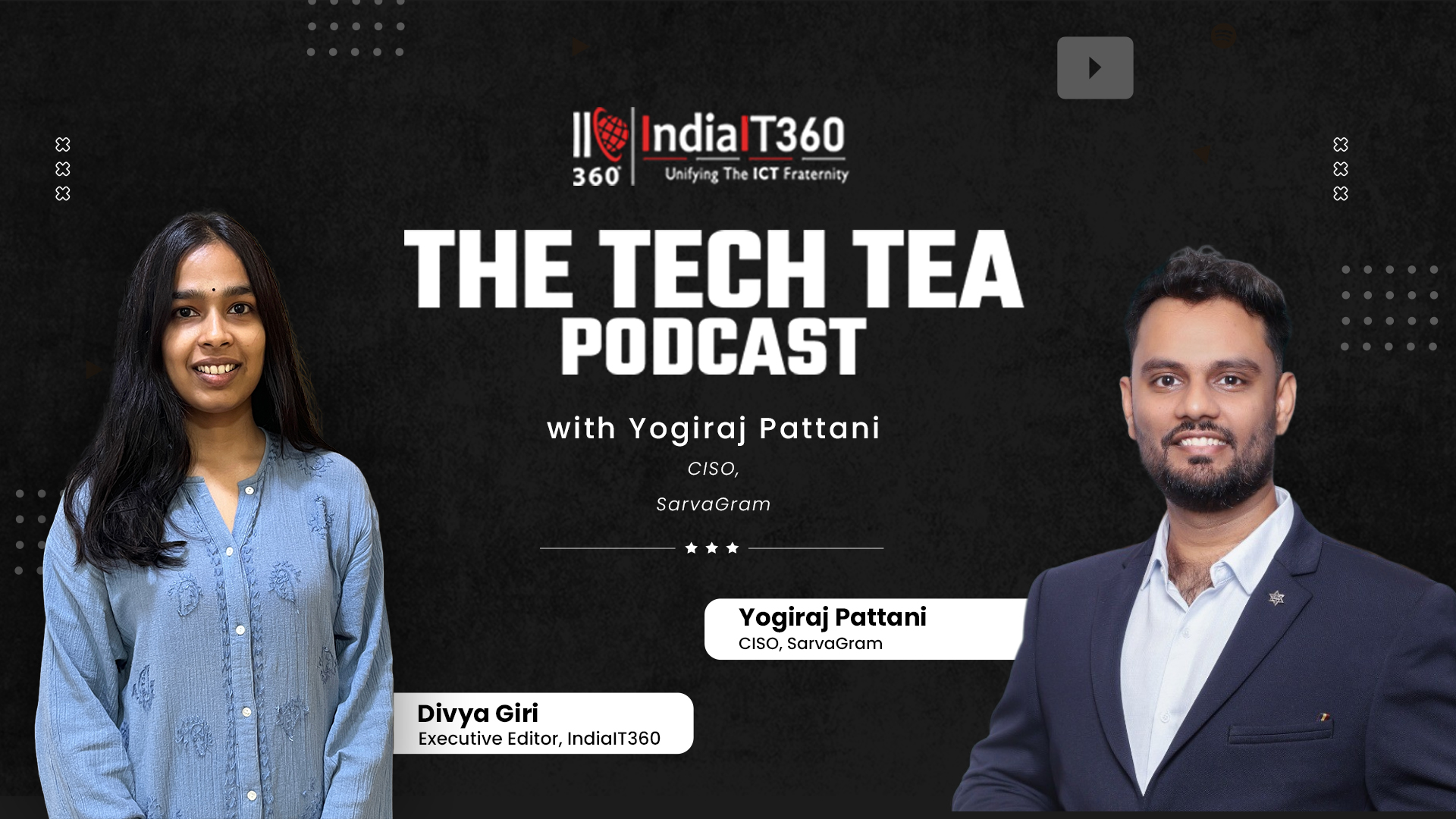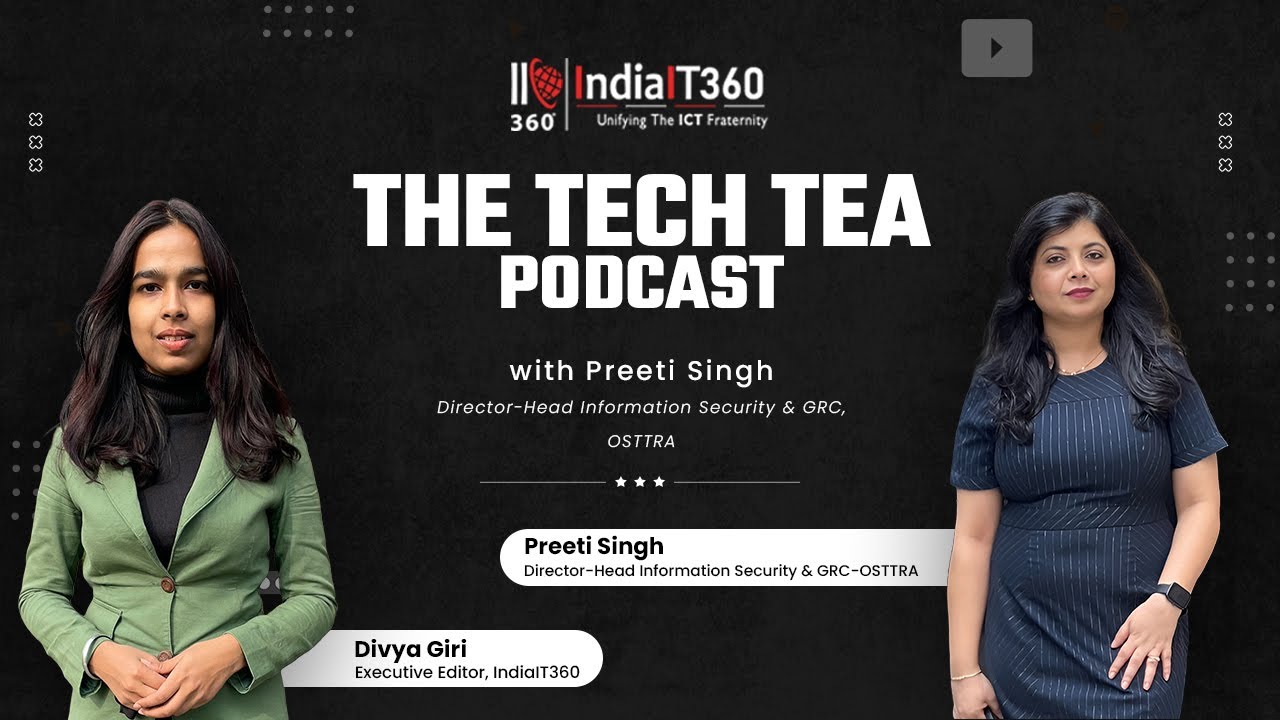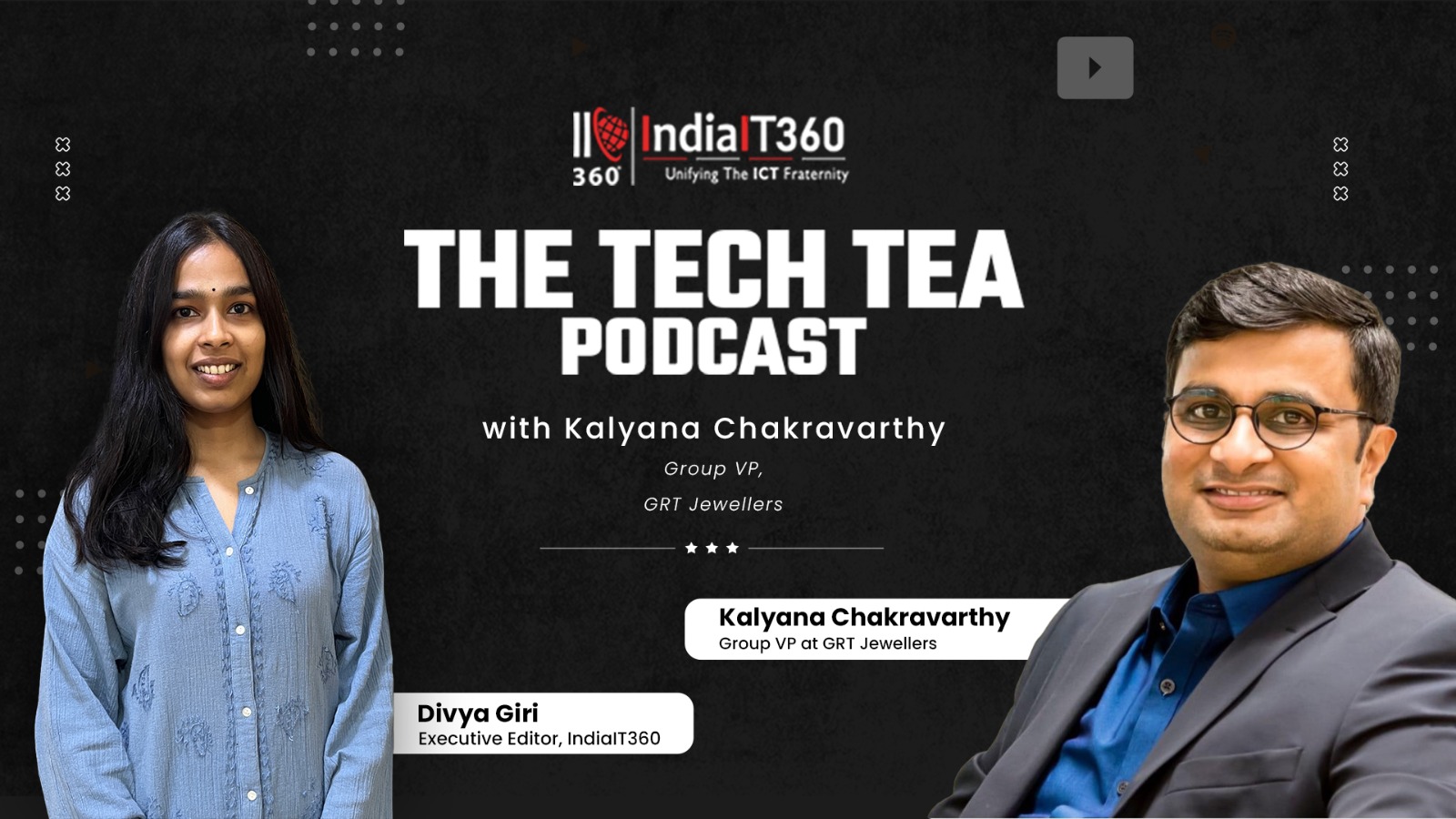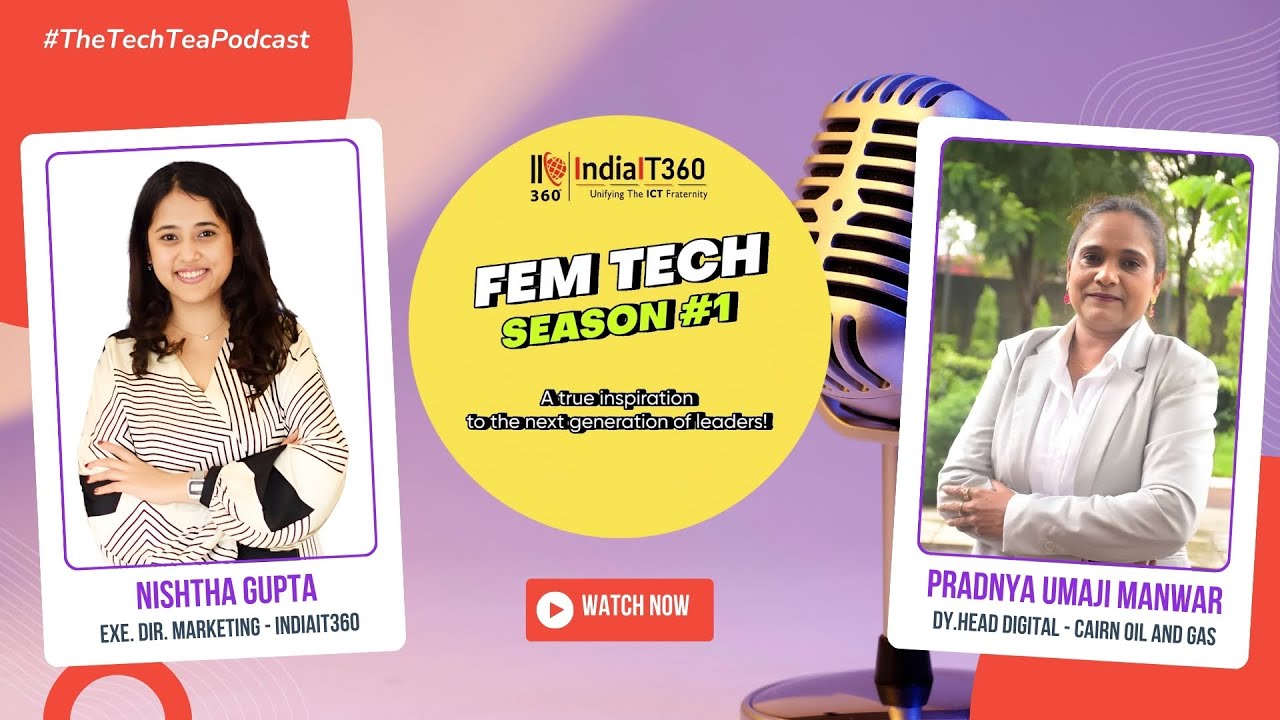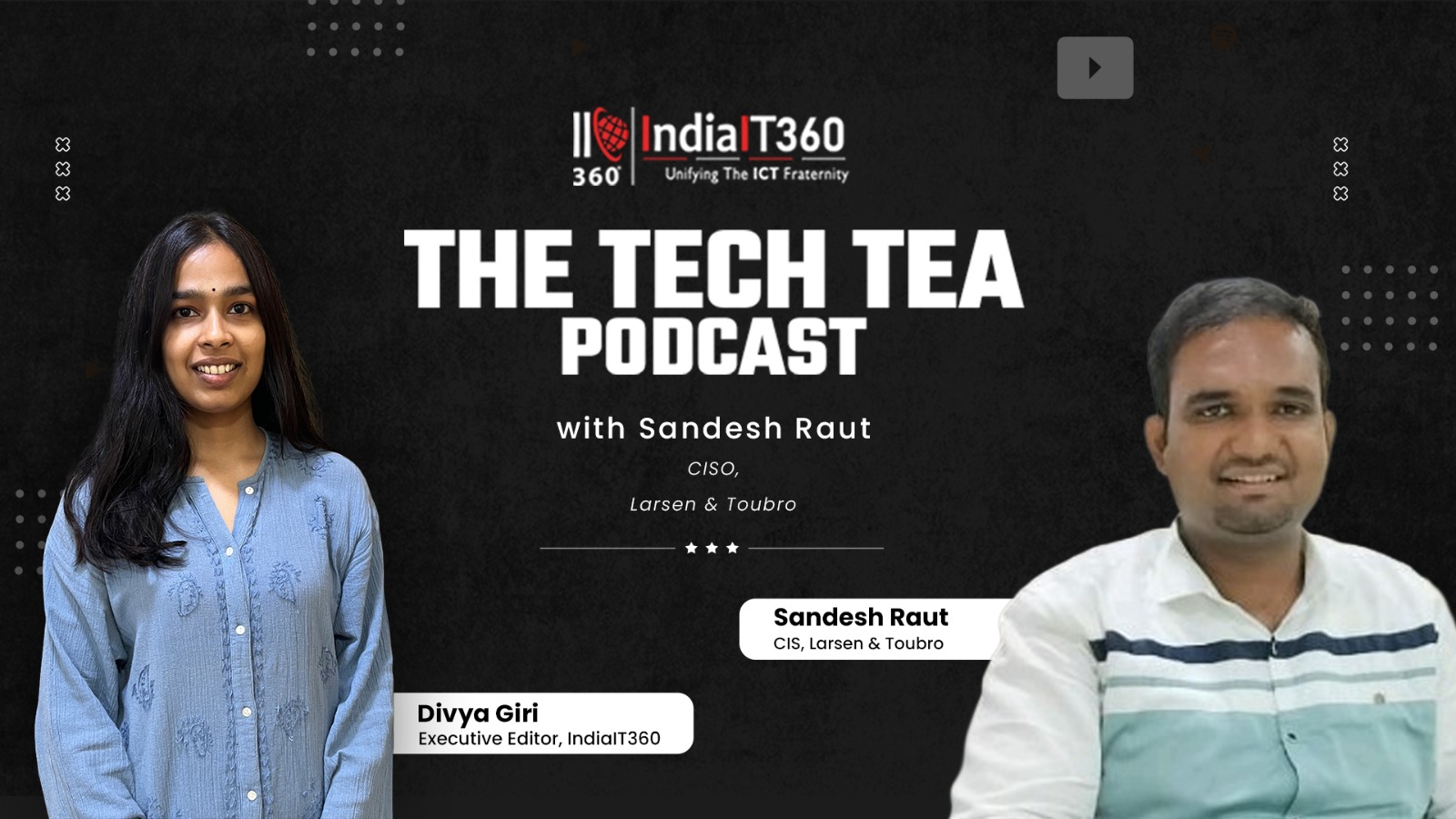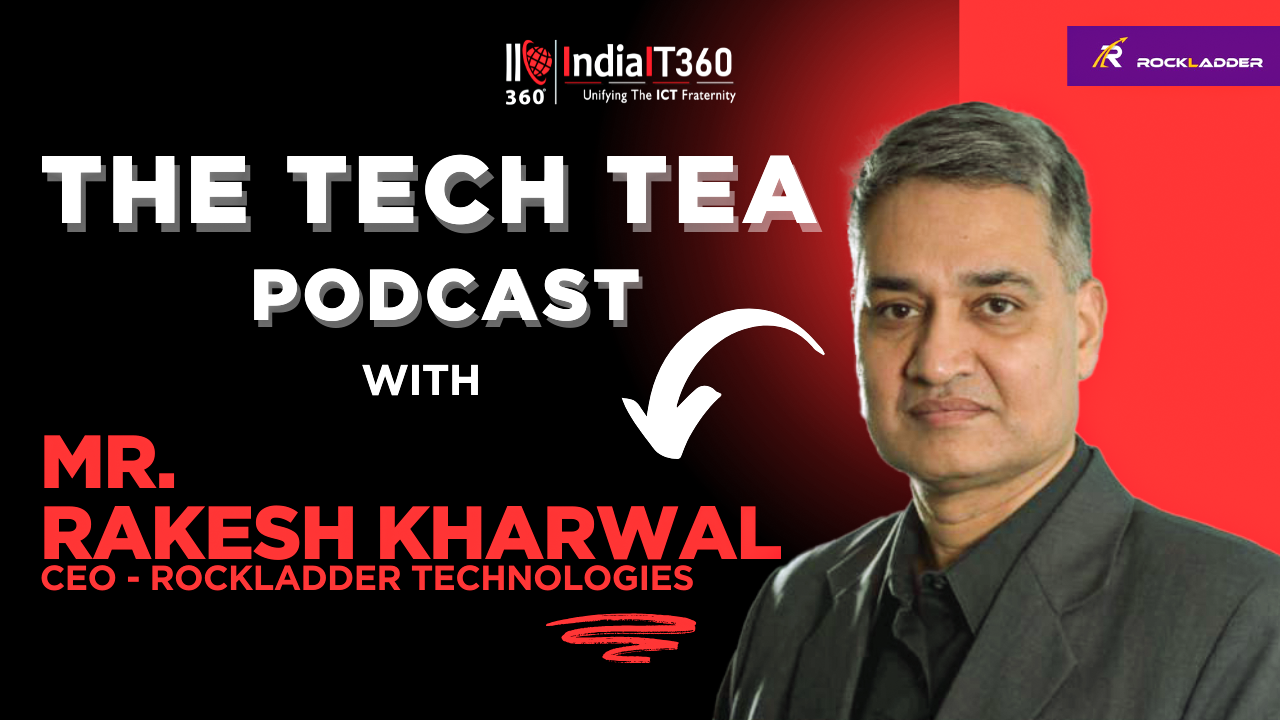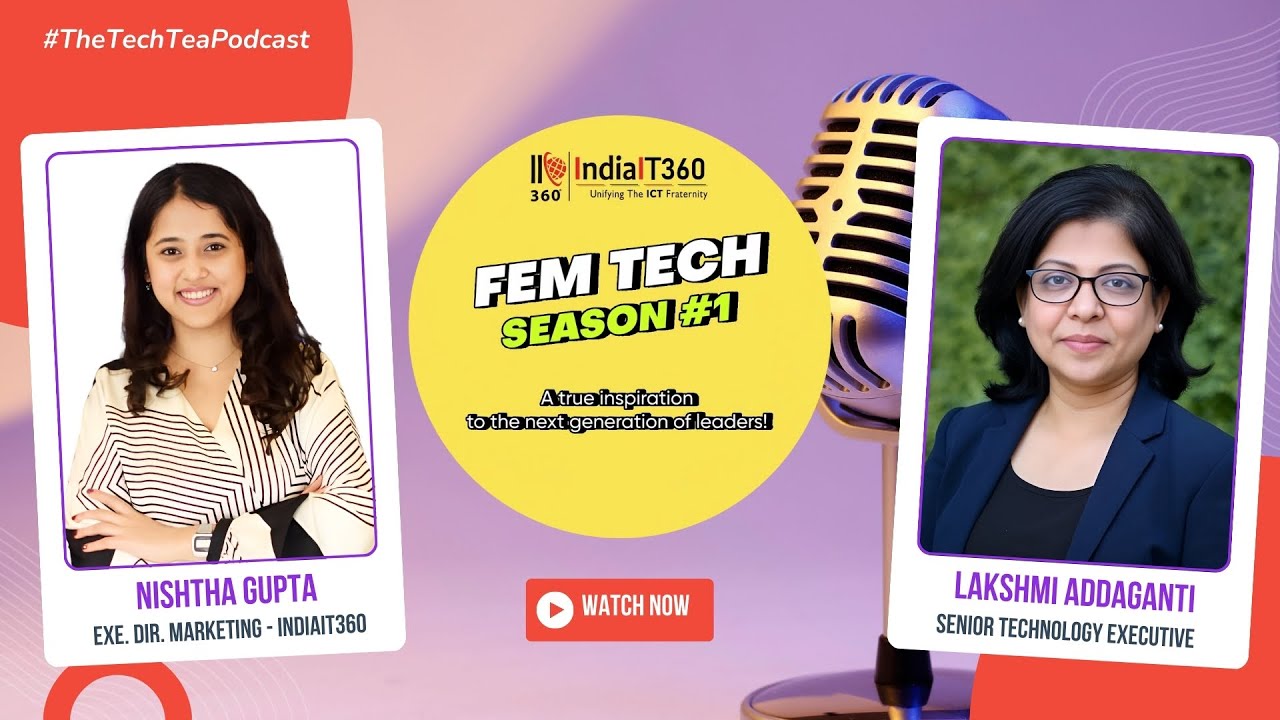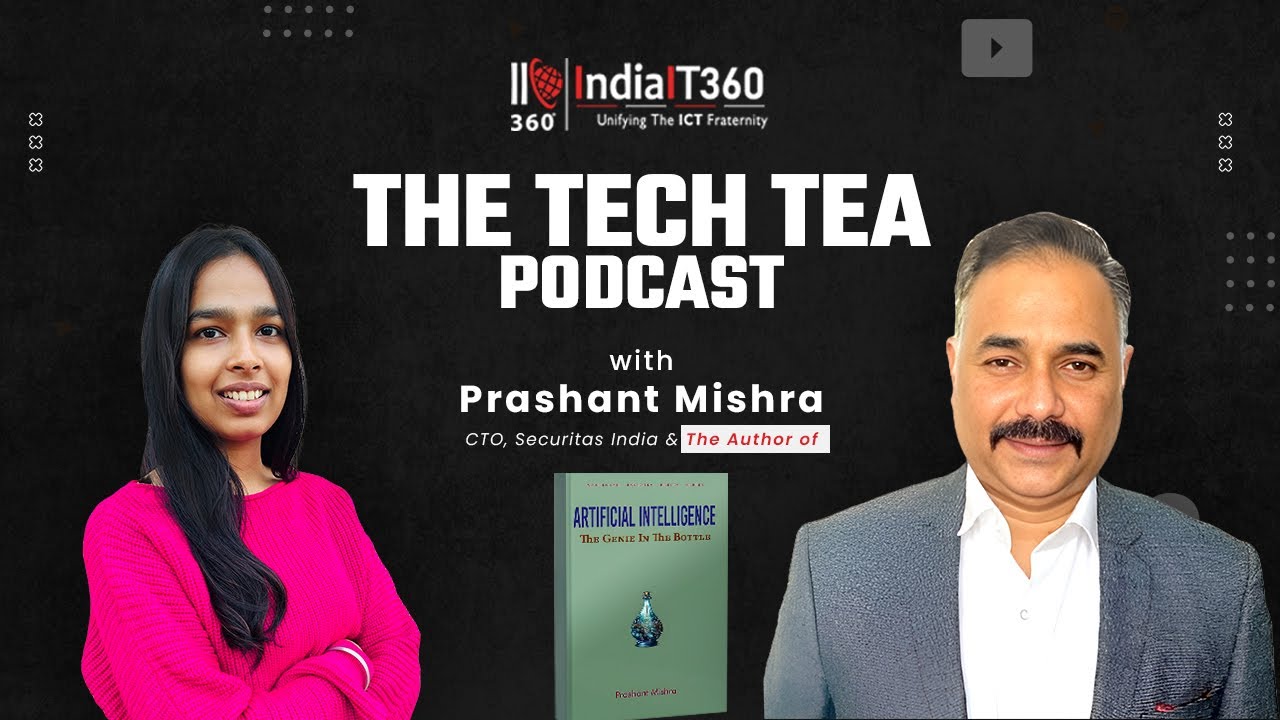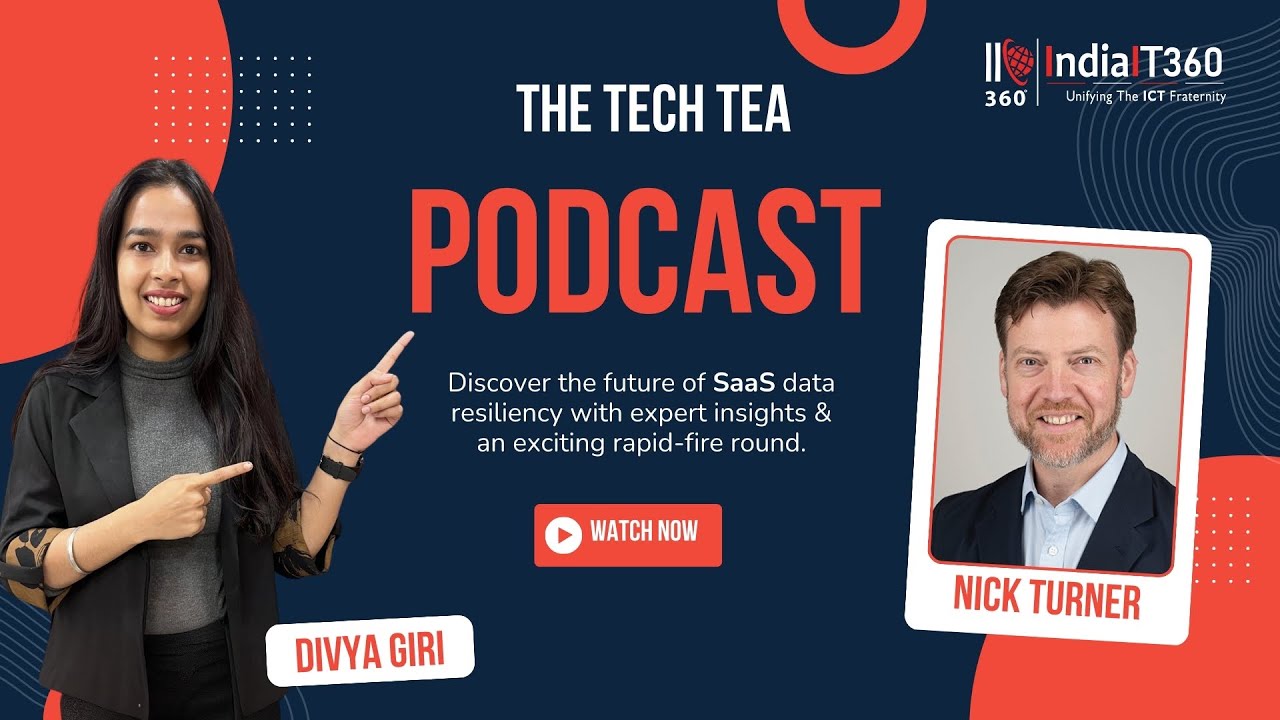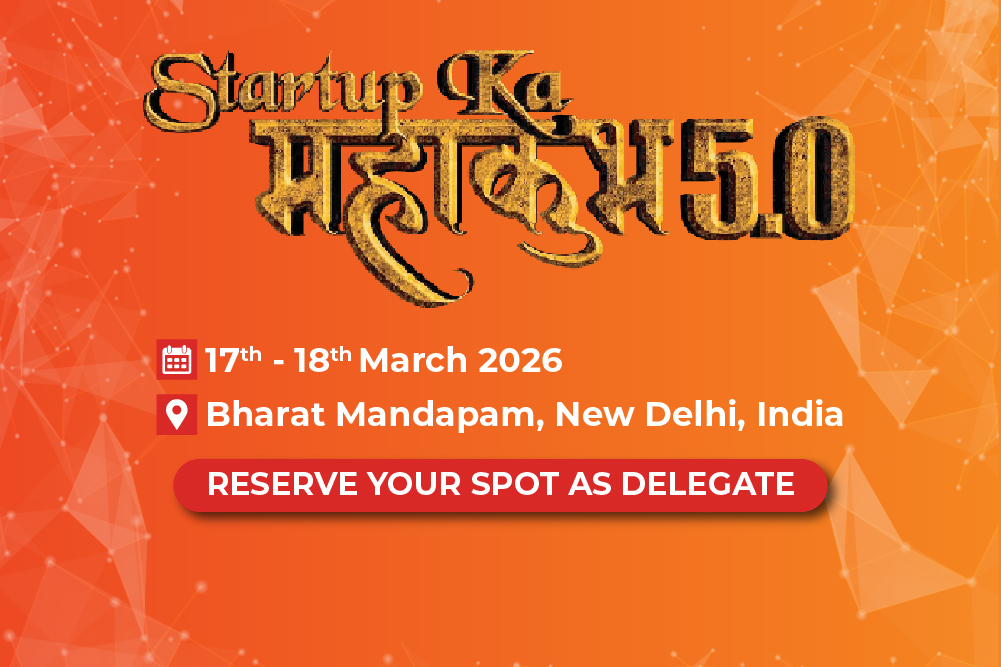Leaders Tech Talk: Balancing Sustainability and Profitability Through Technology
How CIOs Can Build IT Strategies That Grow with the Business, Tech Shifts, and Regulations
In today’s unpredictable business environment, the role of a CIO has moved beyond infrastructure, uptime, or compliance. Today’s CIO is a growth enabler, change orchestrator, and a strategic business partner.
But here’s the catch: technology evolves faster than budgets, regulations shift without notice, and business expectations change every quarter.
My Perspective
With over a decade of experience in the manufacturing, renewable energy and other sectors, I have led end-to-end IT strategy, digital roadmap creation, and governance frameworks that align technology with evolving business goals. My focus has been on driving enterprise-wide transformation through initiatives like ERP, CRM, data lakes, and AI-led insights—ensuring every IT investment delivers measurable value. I’ve built PMO structures, cross-functional steering models, and adaptive planning cycles to keep IT execution in sync with shifting market dynamics, regulatory changes, and organizational priorities.
This article is not a theoretical checklist—it’s a practical, field-tested playbook for CIOs and IT leaders who want to create adaptive strategies that scale with the business.
- Anchor IT Strategy to Business Priorities — Not Technology Trends
It’s tempting to jump on the next tech trend — GenAI, blockchain, or digital twins. But CIOs must ask: What problem are we solving? What value will this add to the business model?
Practical Tip:
- Start your IT strategy planning with business unit heads in the room.
- Map IT enablers to business goals. Example:
- Increase revenue? ? CRM modernization, sales automation
- Improve margin? ? Plant-level IoT, analytics for OEE
- Reduce risk? ? GRC and cybersecurity posture upgrade
The moment IT becomes visibly tied to revenue, cost, or risk, your roadmap gets executive sponsorship and breathing room.
- Use Modular, Layered Architecture — Not One-Time Big Bangs
Gone are the days of 5-year fixed IT roadmaps. Regulatory changes (like GDPR or India's DPDP), customer expectations, and M&A activities force pivots every 6–12 months.
CIO Play:
Adopt Enterprise Architecture principles with modularity at the core.
- Break your roadmap into core (ERP, master data), edge (CRM, portals), and innovation (AI, analytics) layers.
- Prioritize API-first, cloud-ready platforms to allow plug-and-play upgrades.
- Use capability maps to visualize business needs vs. IT maturity — this is a powerful boardroom tool.
This approach lets your strategy breathe — and scale when business scales.
- Build a Living Strategy — With Quarterly Reviews and Real KPIs
A static IT strategy document belongs in the drawer. A living strategy is reviewed, reprioritized, and re-executed every quarter.
What Works:
- Define KPIs linked to business outcomes, not IT health.
- Example: "CRM uptime" is IT metric. "Lead-to-quote conversion time" is a business KPI.
- Set up quarterly steering reviews with business + IT.
- Use tools like Qlik or Power BI to track and visualize your strategic KPIs.
- Build an IT Strategy Dashboard that aligns project health, value delivered, and business feedback.
This creates transparency and positions IT as a business partner — not a support function.
- Align IT Strategy with Regulatory Agility
India's regulatory landscape is evolving rapidly — from GST to e-invoicing, from DPDP to sectoral data privacy norms.
Your IT strategy must build in compliance adaptability.
CIO Checklist:
- Choose platforms with prebuilt compliance frameworks (e.g., SAP's CLM or GRC modules).
- Build strong relationships with legal, finance, and risk teams.
- Maintain a compliance horizon map — listing possible changes and their IT impact.
- Automate wherever possible: e-invoicing, eWay bills, tax reporting.
Being “regulation ready” becomes a strategic advantage in industries like BFSI, pharma, and manufacturing.
- Don’t Just Plan Tech — Plan Culture, Skills & Change
Strategy fails when users resist. CIOs must invest equally in change management, digital literacy, and leadership communication.
Practical Moves:
- Create “Digital Champions” across business units — not just IT folks.
- Invest in training journeys via LMS platforms or microlearning tools (like SAP Enable Now).
- Communicate the “why” behind every tech change — not just the how.
An IT strategy with no adoption is just an expense. A strategy with change-led adoption becomes transformation.
- Use Scenarios, Not Predictions
No one can predict the future. But CIOs can prepare for multiple outcomes.
Add This to Your Strategy Toolkit:
- Develop 2–3 IT planning scenarios:
- Define which IT initiatives scale up, pause, or pivot under each.
- Keep a buffer budget (5–10%) for strategic flex projects.
This makes your IT strategy anti-fragile — it doesn’t just survive shocks, it grows from them.
Final Thought:
Strategy is a Dialogue, not a Document
The best IT strategy isn’t the one written by consultants — it’s the one co-created with business leaders, adapted by IT teams, and embraced by users.
As CIOs and IT leaders, our role isn’t to predict the future — it’s to design IT environments that evolve with it.
This is to move beyond rigid IT plans to build resilient, responsive, and business-aligned IT strategies — because that’s what will define tomorrow’s IT.
About the Author
Sudhakar Jha is a seasoned enterprise IT leader and a CIO NEXT100 awardee with certifications in TOGAF (Enterprise Architecture), SAP S/4HANA, Microsoft Azure, and IBM. With deep expertise in IT strategy, architecture, PMO governance, and large-scale digital transformation across manufacturing and renewable energy sectors, Sudhakar brings a practitioner’s lens to modern CIO challenges. His leadership credentials are reinforced by IIT Kanpur’s premier Executive program.
Opinions expressed here are solely of the Author and do not express the views or opinions of his current or previous employer.



